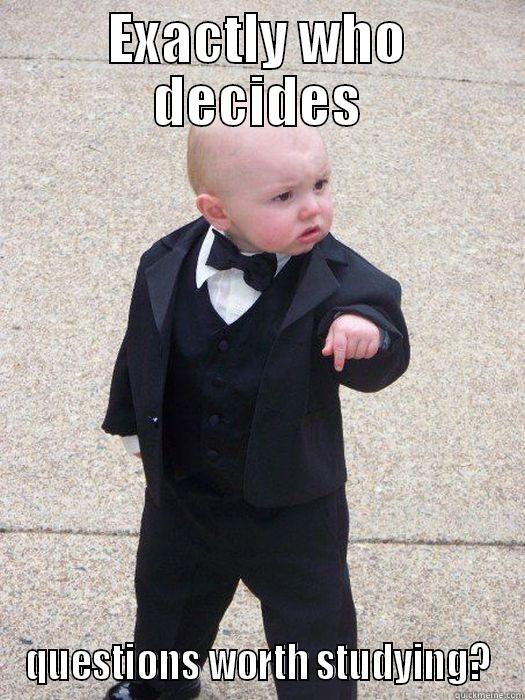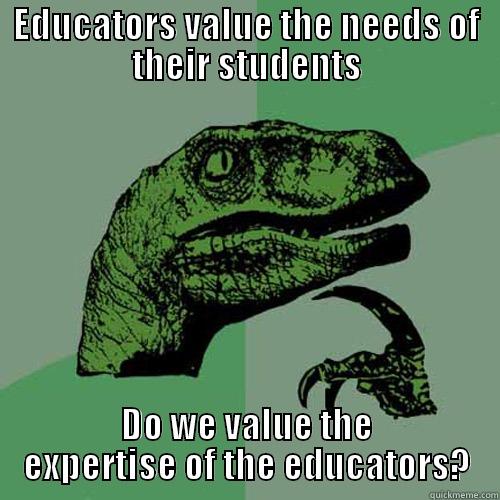My reflection upon the sights and sounds is found below....gleanings, you will, of a newbie to a new paradigm. My opinions, as always, are my own, not those of my employer.
Culture
- There is a huge difference between individualization and personalization, and that may or may not be related to technology. It is, however, definitely related to the engagement of the student, and who (teacher, parent, student) is controlling the questions and problems to be solved.
- We need our communities and the expertise that they bring to the local area to make this real. But that means that communities need to be down in and using our students.
- We are focused on our own knowledge, but that also opens us up to our own biases. What we feel comfortable with and what the culture and knowledge need may differ.
- Parents are part of this conversation, but the way they learned may not be appropriate for all learners today. Education, how people learn, and metrics for measurement have also changed.
- We can have the best technology in the world, but that does not guarantee a competency-based framework. That has to come from hard work and systemic design.

System Redesign
- Teacher roles need re-imagined for things to happen and change from factory models. This shifts preparation and training.
- Content resource facilitators (not sit-and-tell teachers)
- Brain and body fitness coaching (brain research and organization)
- Community Intelligence Mapping (resource development)
- Leadership becomes everyone's responsibility in a system redesign, rather than the purvey of one CEO at the top.
- If we don't start with the student and move upwards by building empathy and interest for relevant learning, we will continue to get what we have right now--silos of content where an adult makes the majority of the decision. Imagining this shift is a big change in mindset.
- Modeling and creation are part and parcel of what we are doing to create meaning in our lives. They are not necessarily part and parcel of what we do in school at this point, but we need to shift.
- We will fail sometimes. This is not the end. This is the point of iteration and improvement.
Barriers to Change
- Policy barriers, including testing, are creating dual systems. That is, we may build a system that we think works, but reporting may be done on totally different metrics. How do we scale the framework to be useful and adaptable?
- We must become our own advocates for system change. We must communicate an advocacy message for our students, highlight our teachers who are trying, and work to bring the community into the workplace.
- Cherry-picking leads to difficulties because it weakens the model. Adopt, or don't adopt. Halfway doesn't cut it.
- The status quo is a difficult starting point. Without sustained buy-in (75-80%) the model will slide back to the initial position.
- The readiness level for change is a function of the leadership of the system. Permissive leadership does not work in this model. We need student voice, educator expertise, and community buy-in. That is what the role of the leadership must consider.
What happens if we don't change?
That's always the million dollar question, isn't it? What if we do.... nothing? And I don't have a crystal ball, but it seems to me that
- we are at a point where we can leverage education and learning using a technology tool that has come into its own as a connector of resources across physical boundaries.
- we are building CBE connections to already developed tools, like College and Career Readiness standards, universal constructs/21st century fluencies That means, to me, at least, that we do not need to always reinvent the wheel.
- we may need to move faster than our comfort zone. Of the four fastest-growing trends in ed-technology, the one we have embraced most readily is the big data collection. These other pieces, which change HOW education is being delivered, actually may be more important to our students.
